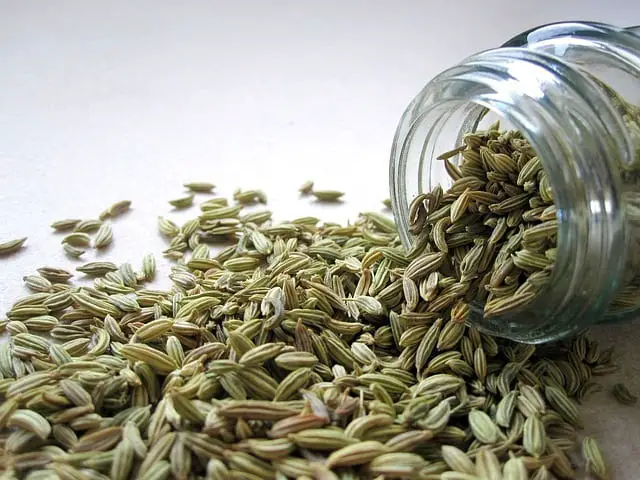Fennel and anise are two herbs with a similar flavor profile, often used in Mediterranean, Middle Eastern, and Asian cuisine. They both have a sweet, licorice-like flavor, which can add a unique depth of flavor to dishes. If you’re wondering whether you can combine fennel and anise in a recipe, the answer is yes, you certainly can.
In fact, the two herbs can complement each other well and create a more complex and interesting flavor.
Why To Combine Fennel And Anise
Here are some reasons why you might want to combine fennel and anise:
- To enhance the licorice-like flavor: Fennel and anise have a similar flavor profile, but they each have their own unique characteristics. Combining the two can create a more complex and nuanced flavor that enhances the licorice-like taste.
- To add depth to the flavor of a dish: Fennel and anise can add a sweet and aromatic flavor to dishes, and combining them can create a more complex and interesting flavor profile. This can be particularly useful in dishes that may benefit from a more complex flavor, such as stews or curries.
- To balance the flavor of a dish: Fennel and anise can have a strong flavor, and combining the two can help balance the intensity of the flavor. This can be particularly useful in dishes that have other bold flavors, such as spicy or sour dishes.
Dishes That Use Fennel And Anise
Here are some examples of dishes where combining fennel and anise can work well:
- Sausages: Fennel and anise are often used in sausage making to give it a sweet and aromatic flavor.
- Soups and stews: Fennel and anise can be added to soups and stews to enhance the flavor and add depth.
- Baked goods: Fennel and anise can be used in baked goods such as bread, cakes, and cookies to add a sweet, licorice-like flavor.
When using both fennel and anise in a dish, it’s important to balance the flavors carefully to avoid overpowering the dish. A good starting point is to use equal amounts of both herbs, and adjust the proportions to taste as needed. Keep in mind that fennel has a slightly sweeter flavor than anise, so you may need to use a bit more anise to balance the flavors.
Fennel and Anise Comparison
| Characteristic | Fennel | Anise |
|---|---|---|
| Flavor | Sweet and slightly licorice-like | Sweet and strongly licorice-like |
| Aroma | Sweet and aromatic | Sweet and pungent |
| Culinary uses | Soups, stews, roasted meats, salads, vegetable dishes | Baked goods, liqueurs, candies, teas, spice blends |
| Health benefits | Rich in fiber, vitamins, and minerals, anti-inflammatory properties | Rich in antioxidants, anti-inflammatory properties |
| Color | Green or pale yellow | Brown |
| Origin | Mediterranean, Middle East, India | Egypt, Greece, Rome |
| Processing method | Dried seeds or leaves | Dried seeds |
| Companion spices | Cumin, coriander, garlic, onion, oregano, thyme | Cinnamon, cloves, nutmeg |
Summary
Overall, while fennel and anise have some similarities in terms of their sweet, licorice-like flavor and health benefits, they have distinct differences in aroma, culinary uses, and companion spices. Fennel has a slightly sweeter and less pungent aroma than anise, and is often used in savory dishes such as soups, stews, and roasted meats. Anise, on the other hand, has a stronger, more pungent aroma and is often used in baked goods, liqueurs, and candies.
When deciding which herb to use, consider the overall flavor profile of the dish and choose the one that will complement it best. In some cases, using a combination of both fennel and anise can create a more complex and interesting flavor. When using both herbs together, be sure to balance the flavors carefully to avoid overpowering the dish.
Final thoughts
Combining fennel and anise can add a unique and complex flavor to a wide range of dishes. Experiment with different proportions to find the right balance for your tastes, and enjoy the delicious sweet and aromatic flavors of these versatile herbs.

